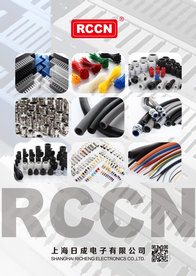Why are Halogens used in plastic materials?
Halogenated compounds are used to produce properties in plastic products that can be hard to duplicate, at the
same performance wire duct and cost, in non-halogenated compounds. As an example, Fluorine derived FEP
(Fluorinated Ethylene Propylene) or Teflon®3
provides extremely high heat resistance when used in the
insulation of wire duct plenum rated communications cabling, which limits cable duct its combustion in a fire and provides excellent
fire safety performance. Teflon® in other forms is also used in many other consumer and industrial products.
Take as a second example Chlorine, which is a component of PVC (Polyvinyl Chloride). According to the Vinyl
Institute, “Vinyl is the second largest selling plastic and the most versatile one. Vinyl’s low cost, versatility and
performance make it the material of choice for dozens of industries such as health care, communications,
aerospace, automotive, retailing, textiles and construction.”
4
The chlorine in vinyl is derived from common salt
and water, a readily available, inexpensive commodity allowing PVC to be produced at a lower cost compared
to alternative materials.
The abundance of raw material components, relatively cable trunking low material cost and desirable product properties are
the key reasons many halogenated compounds are the materials of choice today. In many applications a
halogenated material can cable duct provide the required product performance at a lower overall cost than halogen-free
materials.
In the longer term to meet more application requirements, the challenge to halogen-free product developers will
be to provide comparable or superior material properties to halogenated products at a comparable cost.











